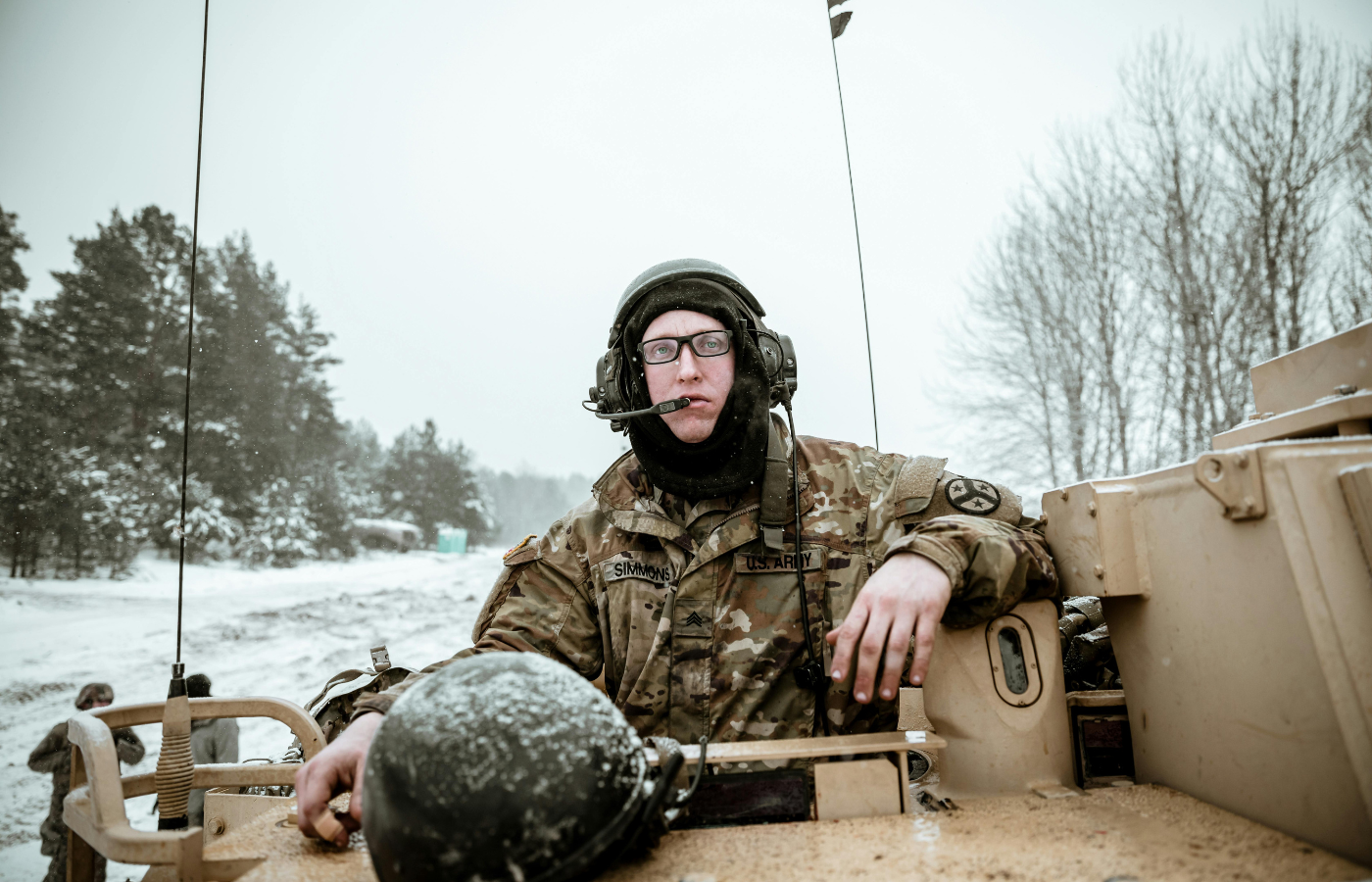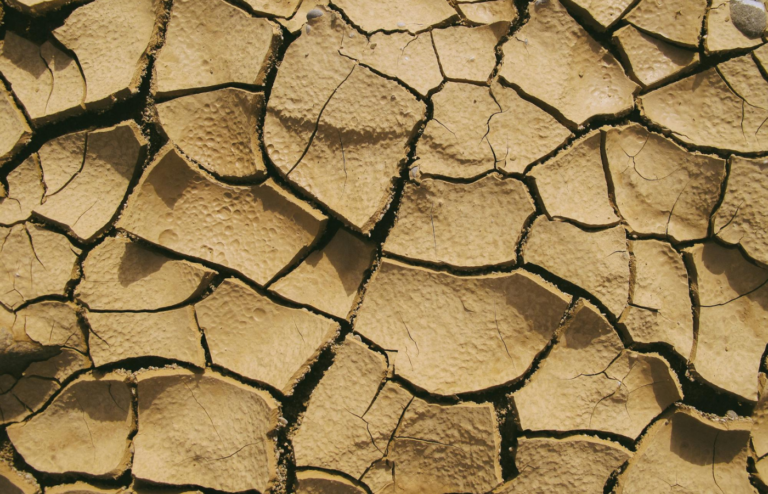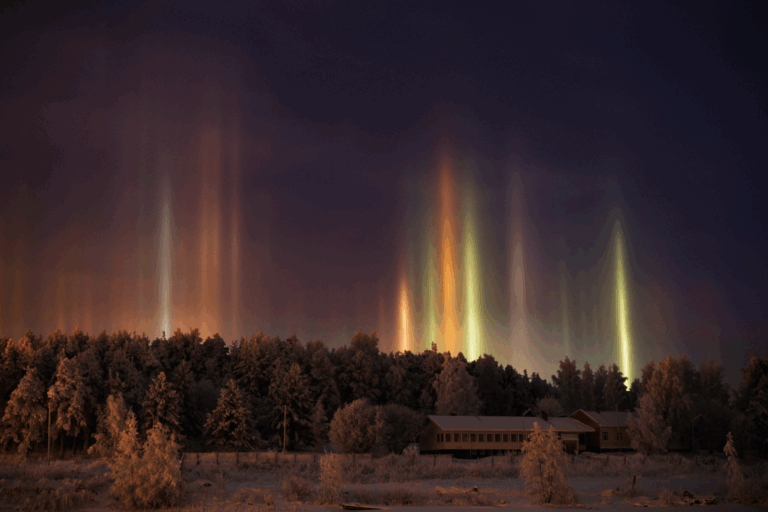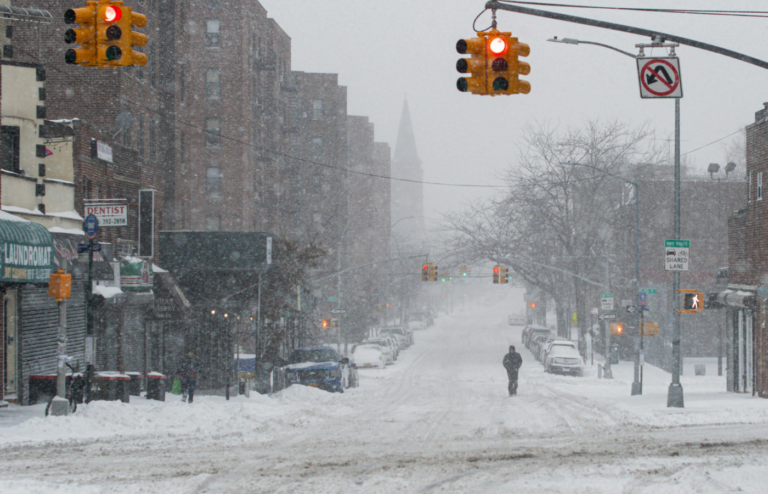Weather has played a crucial role in military history, often changing the outcome of battles. Rain, snow, fog, and heat have affected troop movements, visibility, and strategies, sometimes benefiting weaker forces or disrupting well-planned operations.
Famous examples include Napoleon’s failed Russian campaign due to harsh winter and the D-Day invasion, which relied on a brief break in bad weather. These events show how nature can be as influential as any army in war’s outcome.
1. The Spanish Armada’s Defeat (1588)

In 1588, King Philip II of Spain launched the Spanish line to foray into England, but English fire vessels and fierce Atlantic storms scattered and sank much of the line. The surviving vessels retreated, marking a turning point in nonmilitary history. Queen Elizabeth I credited godly intervention, famously declaring, “God blew and they were scattered.”
2. Napoleon’s Invasion of Russia (1812)
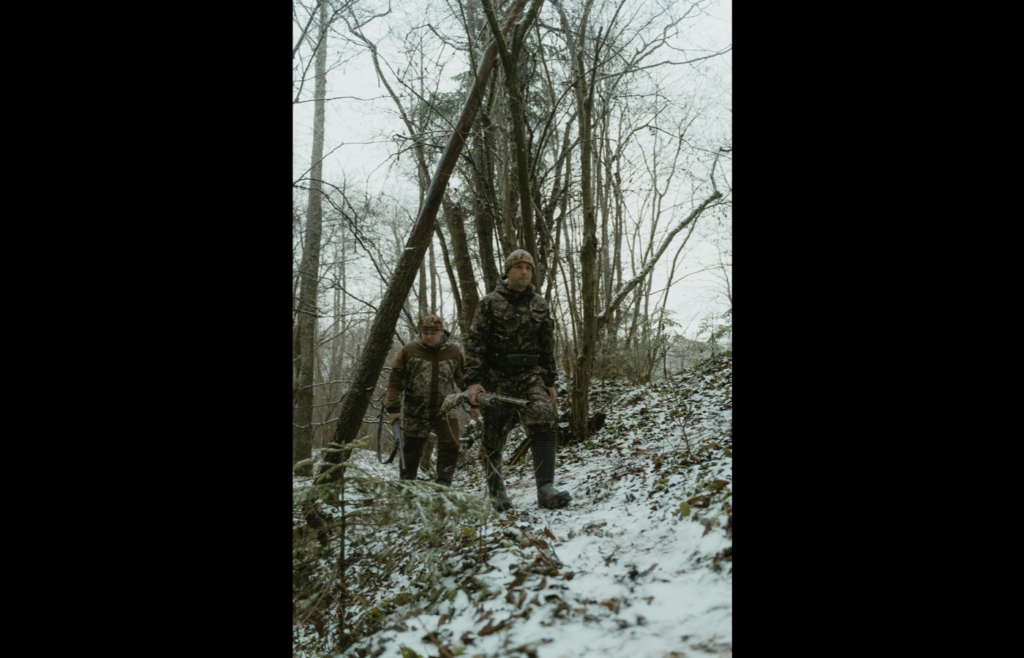
In 1812, Napoleon Bonaparte invaded Russia and captured Moscow, but his victory was short-lived. The brutal Russian winter, starvation, and disease decimated his army, reducing it from 600,000 to fewer than 100,000 soldiers during the retreat. It marked one of the most disastrous military campaigns in history.
3. The Battle of Balaclava (1854)
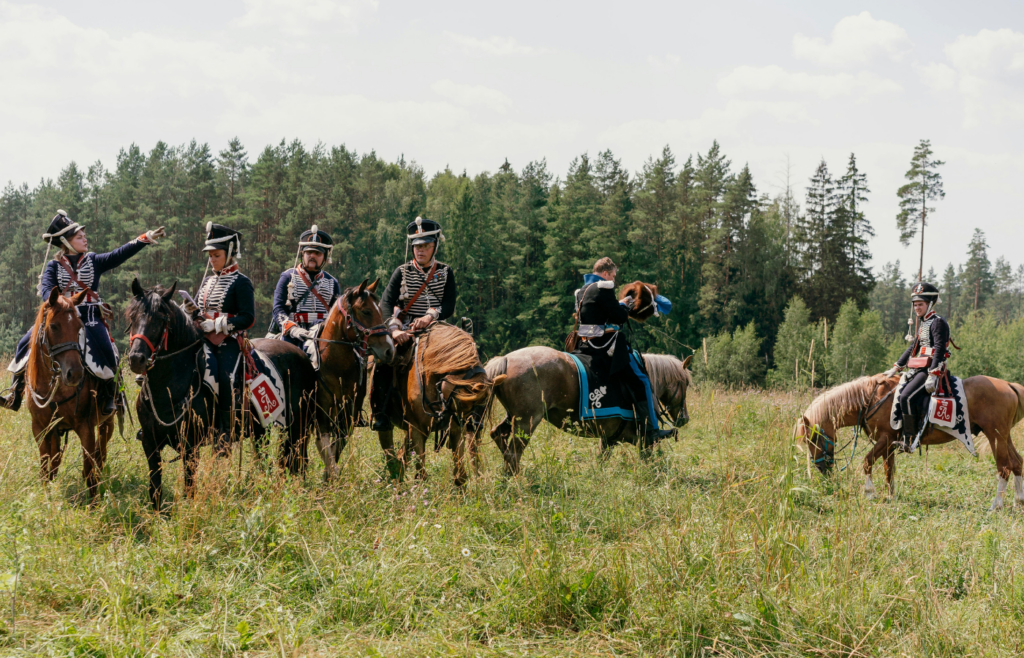
During the Crimean War, heavy rains at the Battle of Balaclava turned the battlefield into deep mud, making troop movement and artillery use nearly impossible. These harsh conditions played a role in the ill-fated “Charge of the Light Brigade,” a tragic cavalry assault against fortified Russian positions.
4. The Battle of the Bulge (1944-1945)
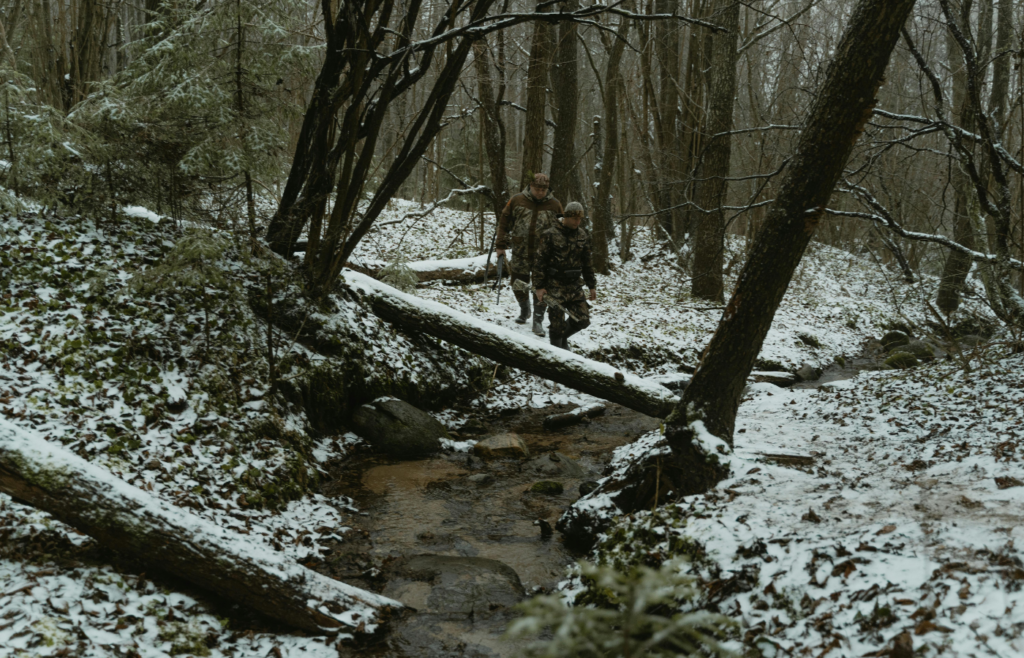
In December 1944, Nazi Germany launched a surprise attack through the Ardennes Forest during heavy fog and snowfall, which originally predicated Allied air support. The poor rainfall allowed German forces to gain ground, but once the skies cleared, Allied airpower returned and helped push them back. The battle became known as the Battle of the Bulge.
5. Operation Barbarossa (1941)
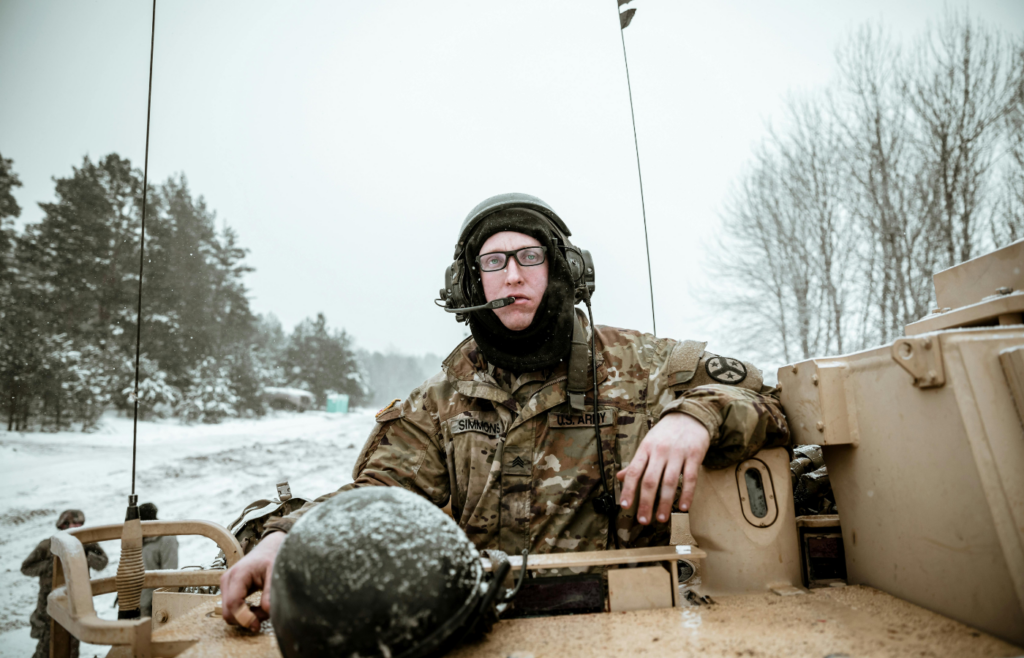
Adolf Hitler launched the invasion of the Soviet Union in June 1941, with German forces advancing quickly at first. However, they were unprepared for the brutal Russian winter temperatures dropped, equipment froze, and frostbite took a toll on the troops. The harsh conditions led to heavy losses and the failure to seize key objectives.
6. The Battle of Agincourt (1415)
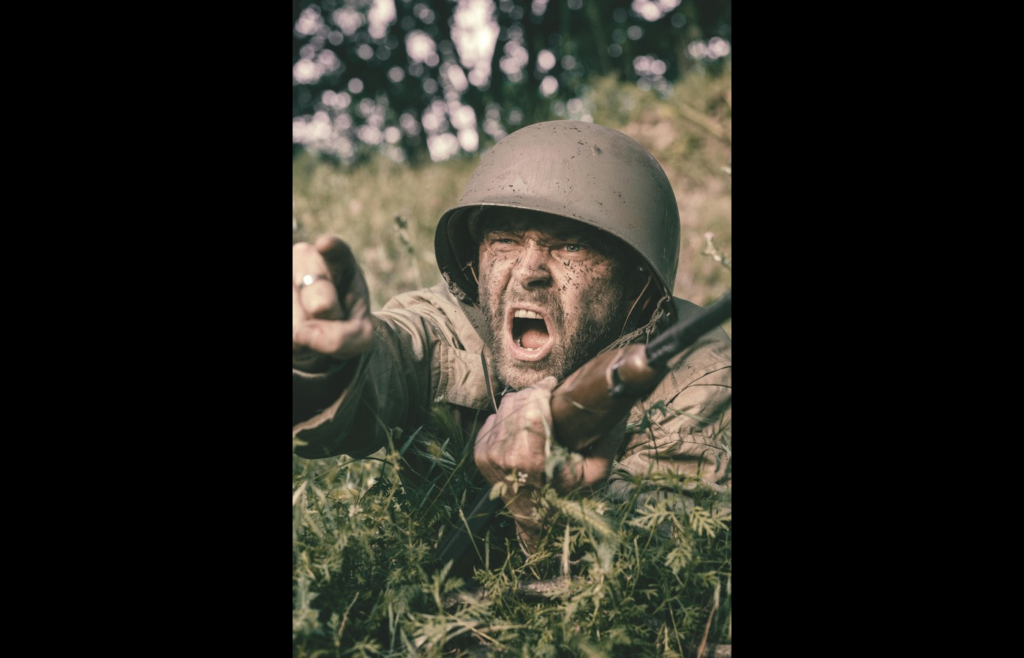
Before the Battle of Agincourt, heavy rains turned the battleground into a muddy quagmire, oppressively hindering the movement of heavily armored French knights. floundering through the mire, they came easy targets for English longbowmen. The unfaithful conditions contributed to a decisive English palm despite being outnumbered.
7. The Burning of Washington (1814)

During the War of 1812, British troops captured Washington, D.C., and set fire to key buildings, including the White House. A sudden, powerful storm possibly a hurricane swept through the city, dousing the flames and causing chaos among the British. The unexpected weather helped force their retreat.
8. White Friday Avalanches (1916)
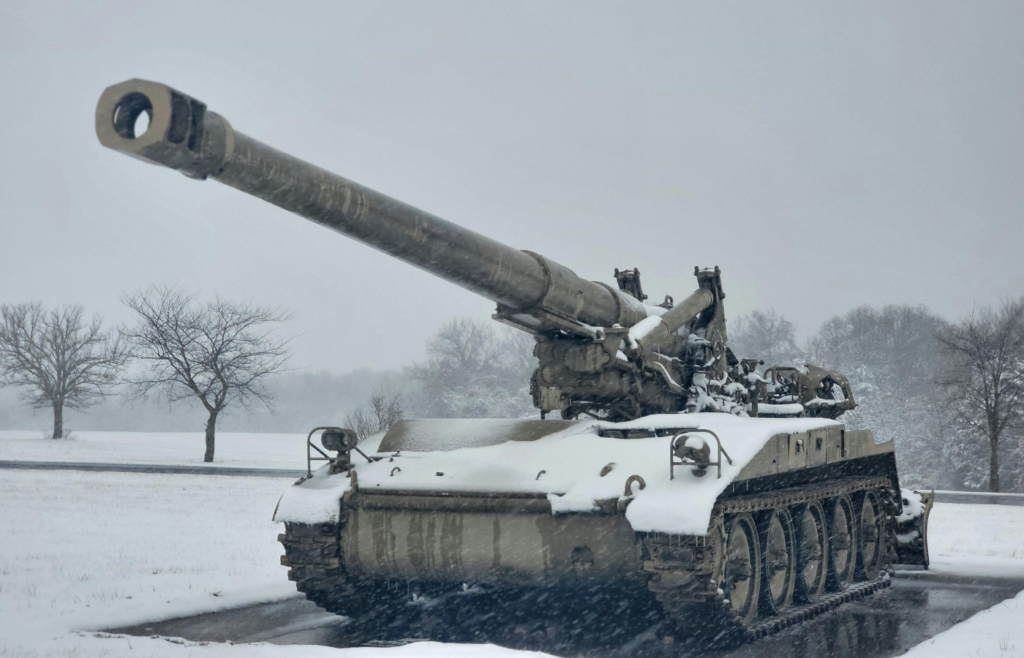
On December 13, 1916, during World War I, a series of avalanches in the Italian Alps, caused by heavy snowfall, buried military barracks. The disaster claimed the lives of thousands of soldiers from both Austro-Hungarian and Italian forces.
Read More: Top 10 Weather Phenomena That Science Still Doesn’t Fully Understand
9. D-Day Weather Forecast (1944)
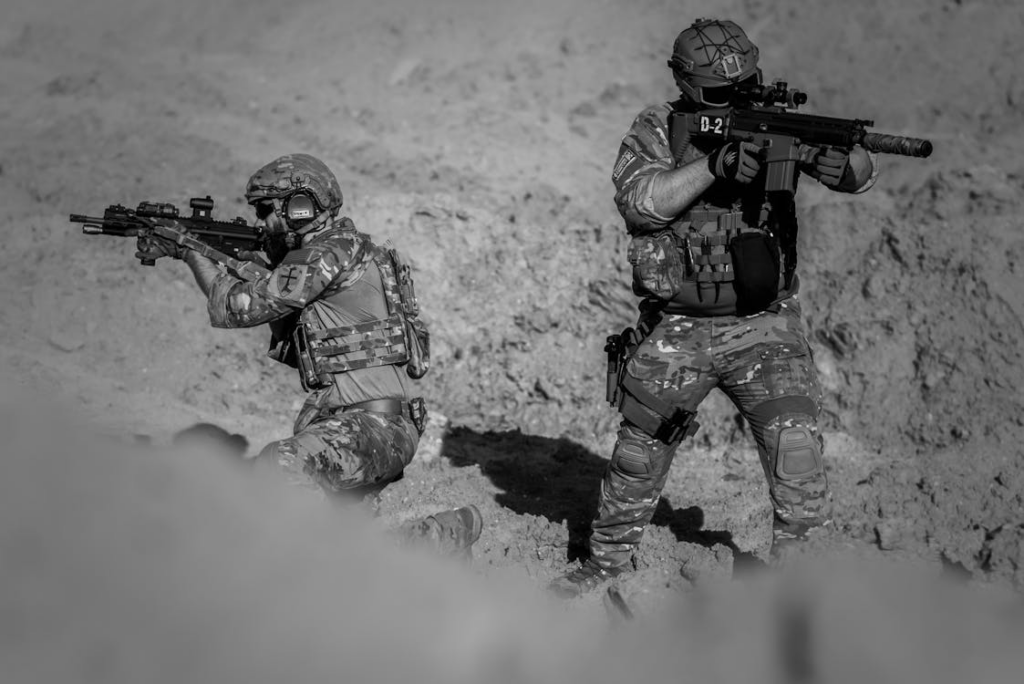
The Allied invasion of Normandy was initially set for June 5, 1944, but poor weather forced a 24-hour delay. On June 6, improved conditions allowed the operation to proceed, marking a pivotal turning point in World War II.
Read More: Never Do These 10 Things During a Thunderstorm
10. The Battle of Hürtgen Forest (1944)
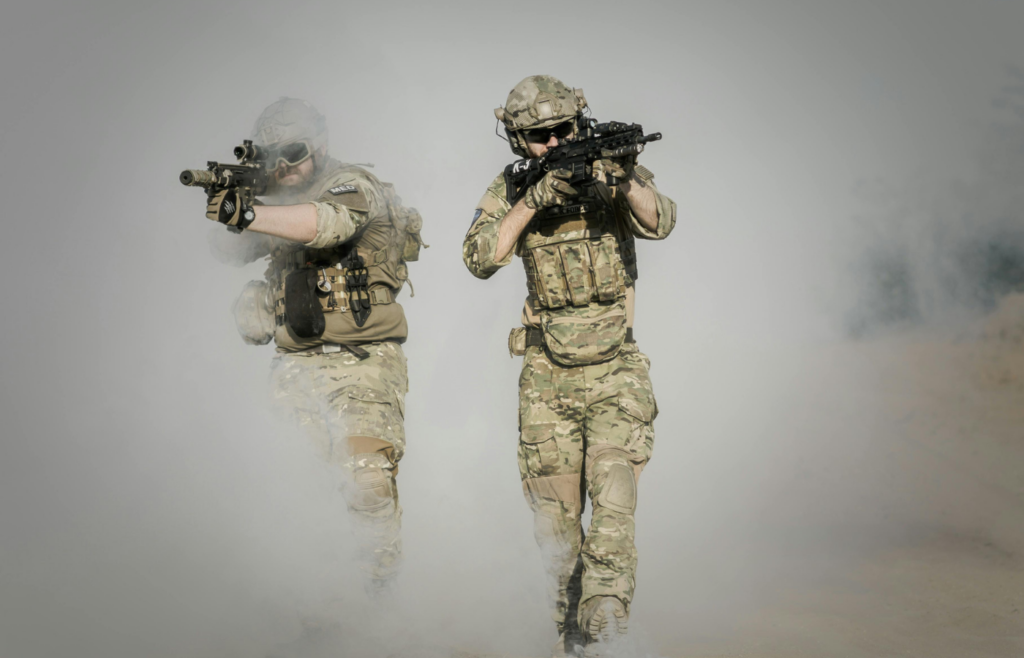
From September to December 1944, American forces fought to capture German positions in the heavily wooded terrain. Persistent rain and cold created muddy, slippery conditions that slowed movement, leading to high casualties without significant territorial gains.
These instances underscore the profound impact weather can have on military strategies and outcomes, often serving as an unpredictable yet decisive factor in the theater of war.
Read More: 15 Smartest Ways to Prepare for a Hurricane Before It Hits

